Hangman's Bridge
Introduction
Text-to-speech Audio
In January of 1869, three captives; Luke Barnes, Lee Watkins, and James Ponder, were lynched for the crime of murder. Skilled in military operations, they were accused of killing a Union Pacific Rail worker. The men were known as Buffalo Soldiers (freed slaves who voluntarily joined the Civil War depleted United States Army). On the night they were jailed, an angry mob of White citizens of Hays Kansas freed them from their cells and smuggled them to a wooden bridge that separated the city of Hays from Fort Hays, where they were stationed. Hays Kansas was a Sundown Town, and the resident's of the town meant to keep it that way. Sundown Towns manifested in the American North at the end of the Civil War and the beginning of “The Great Migration” from the South in the earlier 1900s. So, on that night in January of 1869, the angry mob lynched the accused without a trail. The bridge where the lynching occurred was known as “Hangman’s Bridge.”
Images
Hangman's Bridge
.jpg)
Kansas Sundown Town Map
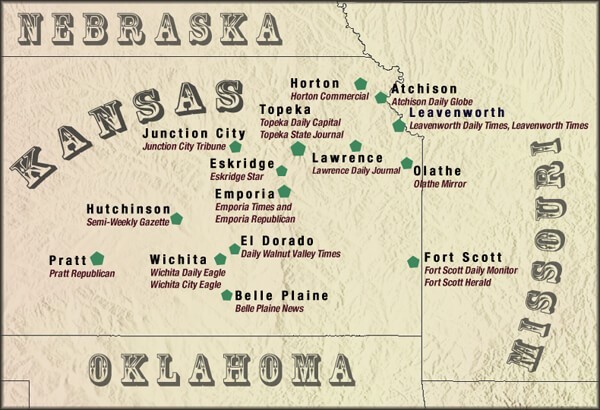
A statue honoring the Buffalo Soldiers, formally known as United States Army’s all-Black 9th and 10th Cavalry, was unveiled at the U.S. Military Academy at West Point on Friday. Credit Gregg Vigliotti for The New York Times
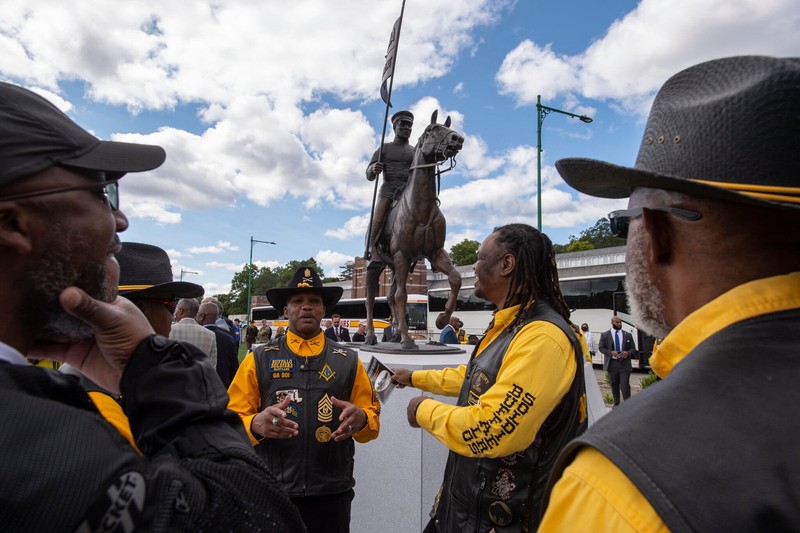
10th Cavalry, 38th Infantry, Fort Hays, Kansas
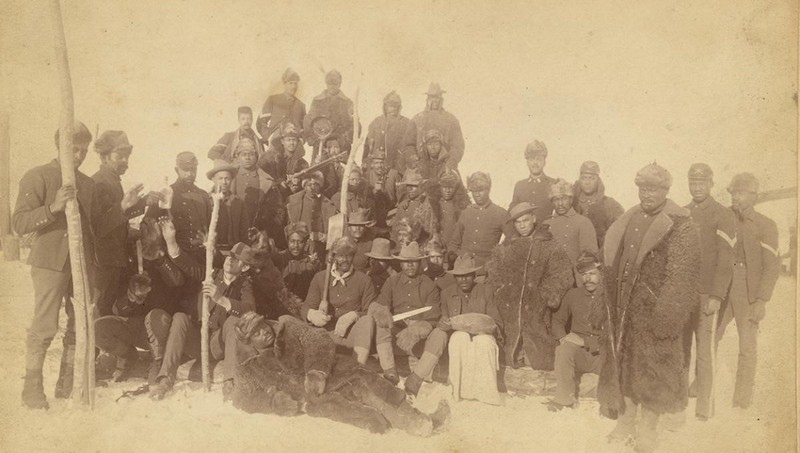
Rome City, Kansas, marker.
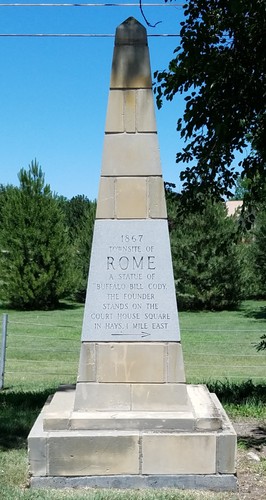
Signs such as this one were common in Kansas and throughout the Midwest and Northeast during a time of “sundown towns” following the Civil War. (Tubman African American Museum in Macon, Georgia)
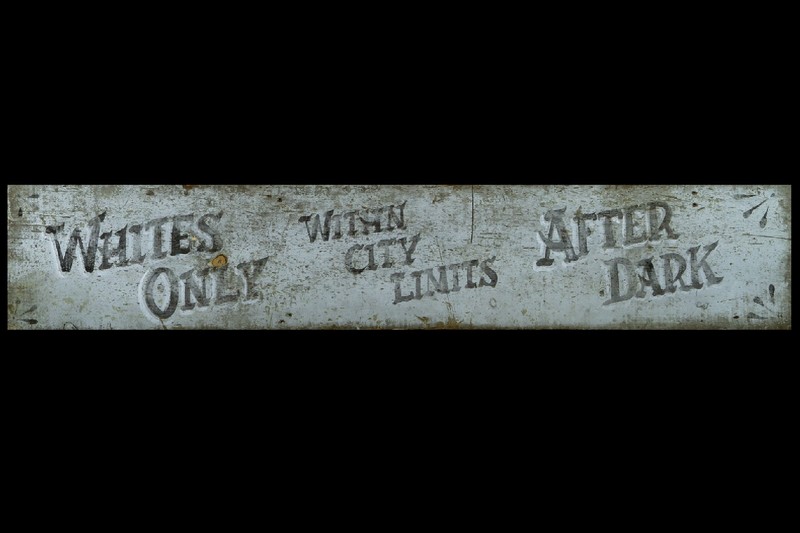
Marker removed in November 2018
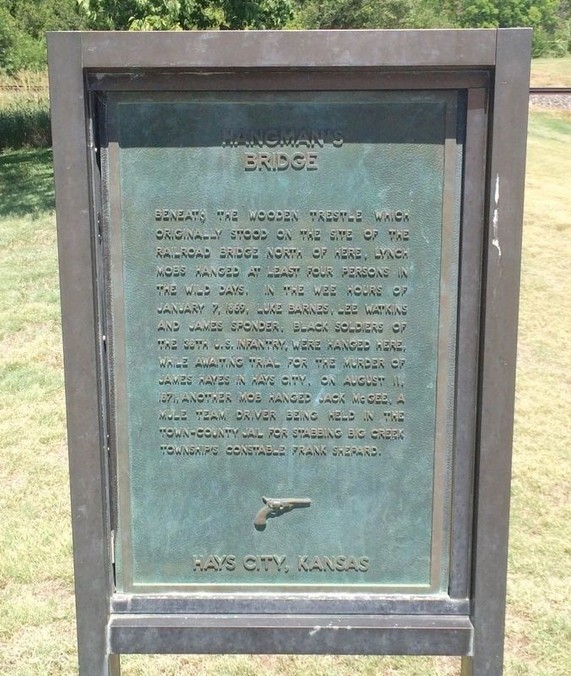
Reporting of Buffalo Soldiers Hanged
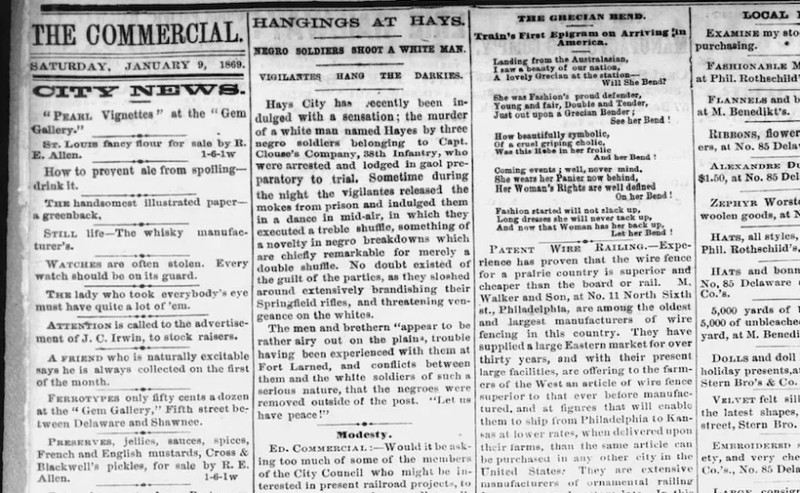
Backstory and Context
Text-to-speech Audio
The service members: Luke Barnes, Lee Watkins, and James Ponder, were in Kansas because their presence was forced by American citizens of east coast states not wanting Black, Union regiments in their cities. Kansas was deemed ideal because Kansas was a “Free State.” Reporting of the Black migration period reflected that residents believed that freed Blacks would leave Kansas verse trying to restart their lives in Kansas.
In 1989, 100-years after the incident, a five-miles stretch of road was named Noose Road in remembrance of the lynching of these Buffalo Soldiers. The city of Hays maintained this name for 32-years. The road was named at the request of a local Sheriff to support police in response to crimes. The phycological impacts of traveling a roadway with this name may have not been considered; however, tactics such as this were aimed toward making people of color question if they wanted to visit the location where “nooses” are celebrated. A marker [sign] was erected to tell the story; unfortunately, the sign was stolen in November 2018.
In 2021, Ellis County lawmakers Butch Schlyer, 1st district; Dustin Roths, 2nd district; and Dean Haselhorst, 3rd district, unanimously voted to change Noose Road to Rome Avenue. These officials sought to erase the violent past and racial discrimination in Hays in the wake of the Black Lives Matter (BLM) movement which gripped the nation in the wake of the murder of George Floyd. The nation was witness to a common day lynching. The event sparked uprisings across the nation. Officials in the Ellis County legislator were prompted by lawyers, native to the city, to have the name of the road changed. When the decision was made, officials noted that the name change was to ensure all people felt welcome to Hays. During deliberations, officials noted that in some cities where BLM protests took place, the cities were severely damaged; they did not want this for Hays. The new name, “Rome Avenue” was established to commemorate the lost city of Rome which was situated outside of Hays. Locals maintained a monument and a statue of the founder of Rome City which are still standing. The significance of this decision by local lawmakers draws attention to the motive’s remembrance has on societies and the impact politics has in framing the history of the American experience.
The same day the Buffalo Soldiers were arrested, they were lynched without a trial. There was a message the mob was articulating; Blacks are not welcome in Hays Kansas. The actions of the mob were in alignment with the conceptualization of “Sundown Towns.”
Sundown towns or cities were locations where Blacks were not welcome after dark. Blacks who were found after dark in these cities & towns were terrorized, violently removed, and/or lynched. Black residents of these towns were terrorized to the point of leaving in fear of their lives. Local newspapers would print the results of riots and terrorizing that successful decreased a city’s Black population. Whites established institutions to ensure compliance with these “laws.” The Sheriff & Police Departments were formed
to enforce these laws. Developed during the height of Jim Crow Era, the police enforce laws that subversively attacked Blacks’ freedoms and molded the race into a caste system. Most towns with little or no Black Americans in their population can trace their origins to sundown town systems. The demographics of Hays today reflects the messaging of the past. The city is reported having a 2% Black population in the 2020 United States Census. The memory of this location and the events transpired there should raise relevant questions that initiate and embrace the changes necessary for the memory scares to heal. Just as memory is afforded to those who fall in the defense of our nation, remembrance should also be afforded to those who fall in the building of an inclusive America.
Sources
Missouri NAACP. (2017, June 10). URGENT – MISSOURI TRAVEL ADVISORY. Retrieved November 18, 2020, from http://www.monaacp.org/2017/06/10/urgent-missouri-travel-advisory/
High Plains Public Radio | By David Condos. (2021, August 31). What the history of 'Noose Road' tells us About KANSAS, race and the lynching’s of Black men. HPPR. Retrieved September 17, 2021, from https://www.hppr.org/hppr-news/2021-03-02/what-the-history-of-noose-road-tells-us-about-kansas-race-and-the-lynchings-of-Black-men.
Condos, D. (2021, August 6). Kansas' history of racist violence often proves too heavy for words. KLC Journal. Retrieved September 28, 2021, from https://klcjournal.com/kansas-racist-violence-history/
Allen, M. (2020, July 17). Hays changes name Of Noose Road. Pratt Tribune. Retrieved September 30, 2021, from https://www.pratttribune.com/story/news/state/2020/06/27/hays-changes-name-of-noose-road/112023978/
The Historical Marker Database. (2021, April 20). Hangman's bridge historical marker. Historical Marker. Retrieved October 3, 2021, from https://www.hmdb.org/m.asp?m=96385
https://www.google.com/url?sa=i&url=https%3A%2F%2Fwww.hppr.org%2Fhppr-news%2F2021-03-02%2Fwhat-the-history-of-noose-road-tells-us-about-kansas-race-and-the-lynchings-of-black-men&psig=AOvVaw3dpLKEN6klomSyLpUumyDu&ust=1634725283510000&source=images&cd=vfe&ved=0CAgQjRxqFwoTCJCj-7Gg1vMCFQAAAAAdAAAAABAJ
https://www.google.com/url?sa=i&url=https%3A%2F%2Fsouthernspaces.org%2F2007%2Fnot-dixie-imagined-south-kansas-free-state-narrative-and-rhetoric-racist-violence%2F&psig=AOvVaw3VIAwy4zopijIgPJNGEGgl&ust=1634725026754000&source=images&cd=vfe&ved=0CAgQjRxqFwoTCPjtrLmf1vMCFQAAAAAdAAAAABAU
https://www.nytimes.com/2021/09/10/nyregion/buffalo-soldiers-statue-west-point.html
https://www.travelks.com/kansas-magazine/articles/post/kansas-history-buffalo-soldiers/
https://www.hdnews.net/story/news/local/2020/06/20/noose-road-changed-to-rome-avenue/114907614/
https://kansasreflector.com/2021/01/31/how-whiteness-won-the-war-in-kansas/
https://www.hmdb.org/Photos3/358/Photo358139.jpg
